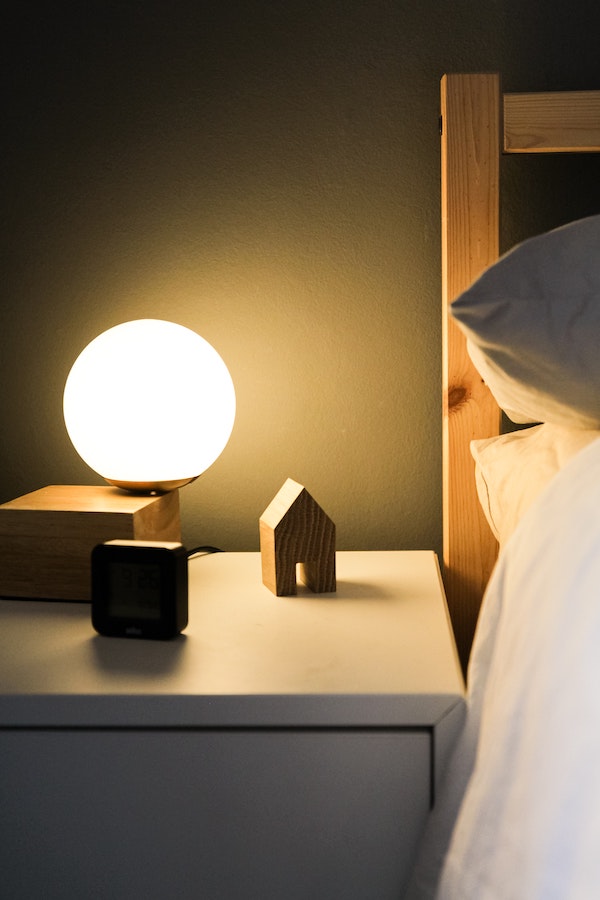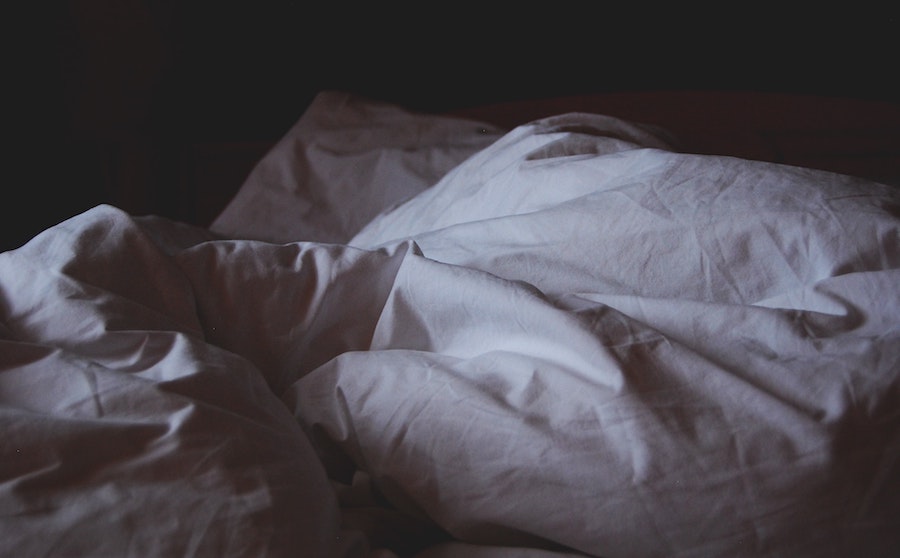Sleeping and waking up on time is one of life’s greatest pleasures that you can’t sustainably buy. There are sleeping pills, nightcaps, and crazy alarm clocks, but it’s not healthy to rely on them forever. And if you’ve been using alarm clocks for long enough, your brain might learn to ignore them.
In a 2016 Healthy Living Index Survey, 46 percent of Filipinos claimed that they don’t get enough sleep, while 32 percent said that they get less than six hours, which is below the seven or more hours recommended for adults.
Some of us even indulge in revenge bedtime procrastination, which is when you delay sleep on purpose as a way of regaining some sense of freedom in the wee hours of the evening. This phenomenon is especially prevalent among people who don’t have much freedom during the day.
For those of you who are always sleepless and have trouble waking up (myself included), there are different ways to try to readjust your body clock and get up earlier. The most frequently suggested tips are cultivating up a routine, going to bed earlier no matter whether you’re sleepy or not, forcing yourself to wake up earlier, not sleeping for over 24 hours, avoiding alcohol and other stimulants, and limiting your screen time.
Some of these tips could work for you, but you’ll have to find the right one—or a combination of a few—and that could take some time.
But what does science have to say about resetting your body clock?
Light therapy
Light, apparently, is the answer to our sleep-deprived and late-waking woes. Professors and researchers at Stanford University have figured out a way to trick your body into waking up earlier by using light. Exposing yourself to light while you’re asleep could effectively shift your circadian rhythm and wake you earlier.
According to the study they conducted, exposing a sleeping person to half an hour of constant light while they’re sleeping can adjust their body clock and make it easier for them to wake up earlier. Annoying as it may be, it apparently works.

For those of us who dislike the thought of being exposed to light while we’re asleep (again, myself included), they also figured out an alternative.
Instead of half an hour of continuous light, they found that a 2-millisecond burst of light every 30 seconds for an hour not only leaves you undisturbed while you’re sleeping, it can also shift your body clock forward and wake you up an hour earlier.
This practice has been dubbed as light therapy or phototherapy, and you can even do it at home.
Light therapy at home
Light therapy isn’t just limited to hospitals and sleep disorder treatment centers. There are devices called light boxes that can set up timed bursts of light to help you regulate your sleeping pattern. This is a promising concept for people who want to get their sleeping and waking lives in order, but it’s always best to consult your doctor before trying it out.
Aside from treating sleep-related problems, light boxes can also be used as a treatment for seasonal affective disorder (SAD). Seasonal affective disorder is a type of depression related to changes in season—like when summer abruptly changes into the rainy season and your mood isn’t as sunny as it used to be.
Before looking at light boxes to help fix your sleeping habits, consulting your doctor should be the first step you take. People with glaucoma, cataracts, photosensitive epilepsy, and other eye or brain-related conditions should get the all clear with their physicians before proceeding with light therapy.
What’s in a light box?
Specific considerations must be made when choosing a light box. There are different types of light therapy, so you have to pick a light box specific to address your needs. If you’re in the market for a light box to treat your sleeping problems, make sure you get one specific for that, and not the light therapy device for your skin.
The light therapy box should also give out at least 10,000 lux (1 lumen per square meter) of light, which is the recommended intensity for most light therapy boxes. It should also give off as little ultraviolet rays as possible, because as we all know, those are harmful to humans.
On that note, another consideration is if there are features that could help protect your eyes and skin while you use it. Some light boxes have other components that help filter out harmful UV rays, while others don’t.
There’s also the question of personal taste. Light boxes come in all sorts of shapes and sizes, which means you’ll have to account for where it’ll go and how it fits in with the rest of your space.
It’s important to note that light boxes are primarily used for seasonal affective disorder, but can also be used to treat other sleep disorders. Like other types of homemade therapies, using a light box may not be the answer to all your problems. The tests run by the doctors at Stanford were in controlled environments, which is something you have to take into consideration if you want to try light therapy out.
But if you’re on your last leg and running out of options, the science behind light therapy is promising. Hopefully, promising enough to get you a good night’s sleep and let you wake up fresh and on time.




